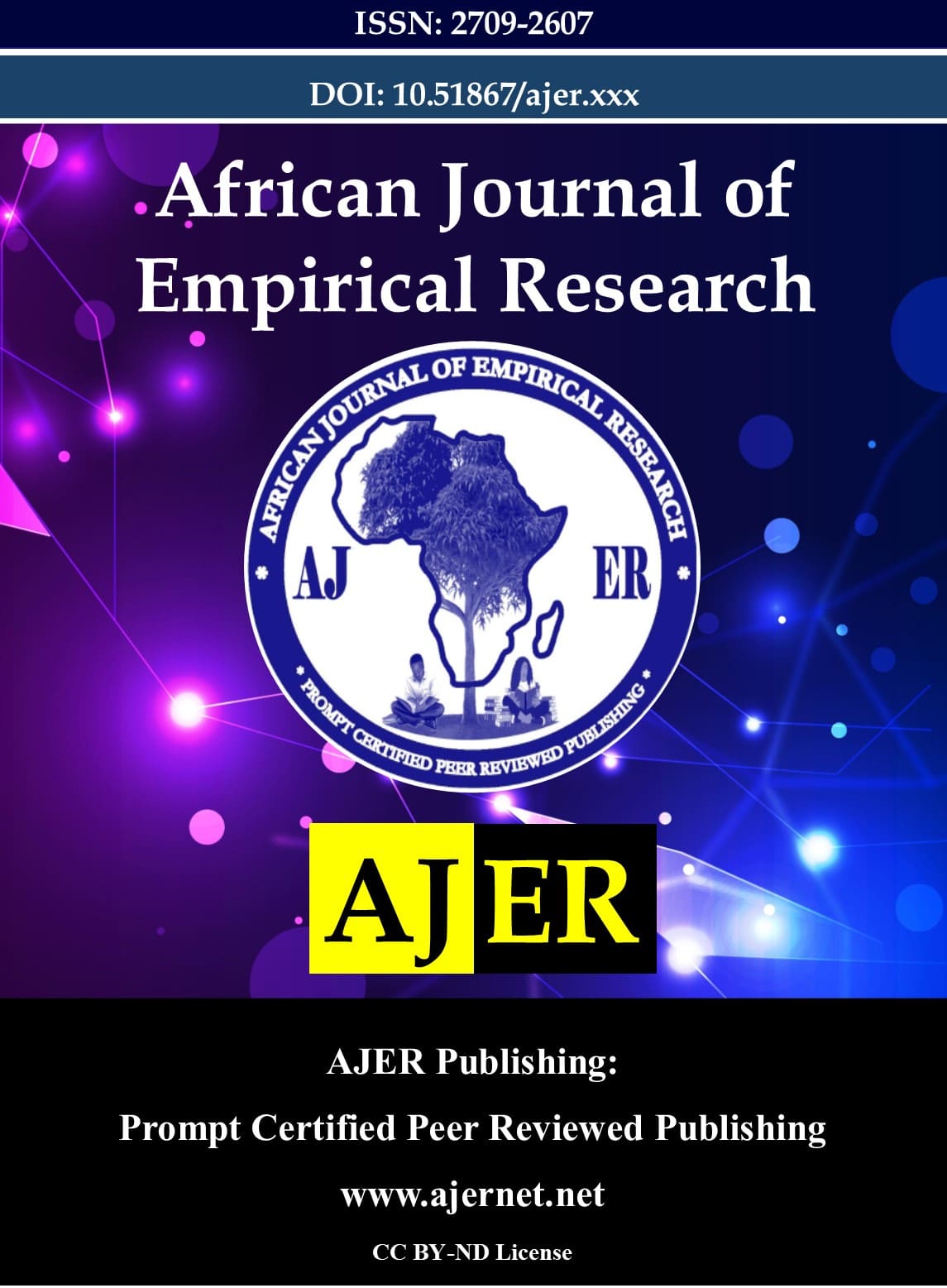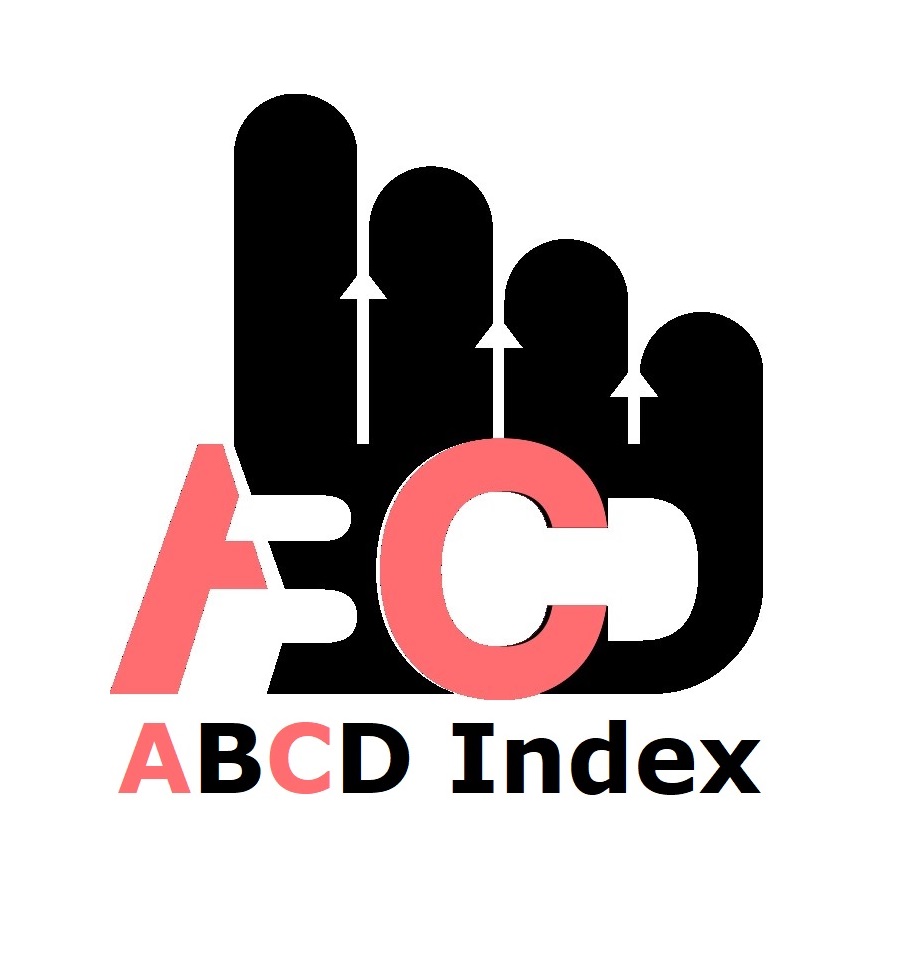Unlocking value: How perceived usefulness drives cryptocurrency adoption in Dar es Salaam, Tanzania
Keywords:
Adoption, Cryptocurrency, Perceived Usefulness, Perceived Ease of UseAbstract
This study aimed to investigate the influence of perceived usefulness on the adoption of cryptocurrency in Dar es Salaam, Tanzania. The guiding framework is based on the Technology Acceptance Model. The study was designed to examine the perceptions of perceived usefulness among 172 respondents, who were selected from a total population of 300 cryptocurrency practitioners in Dar es Salaam, using the formula adopted by Yamane (1967). Research adopted a descriptive research design whereby data were collected through structured questionnaires. The data were analyzed using descriptive statistics and inferential statistics via SPSS version 27.0. The findings showed that perceived usefulness significantly positively influenced cryptocurrency adoption, with a p-value of 0.001 < 0.05. Multiple regression analysis revealed that perceived usefulness, perceived ease of use, and perceived risk collectively explained 73.3% of the variance in cryptocurrency adoption (R² = 0.733, F = 87.11, p < .001). Perceived usefulness was a significant positive predictor (β = 0.526, p = .001), while perceived ease of use and perceived risk were not statistically significant predictors (p = .065 and p = .012, respectively). The findings indicate perceived usefulness as the main driver of cryptocurrency adoption. The study findings could serve as a starting point for further research to investigate other factors influencing cryptocurrency adoption in Tanzania. This study extends the knowledge of cryptocurrency adoption in developing countries, particularly Tanzania. There is a need to raise awareness among the public about the benefits and risks of cryptocurrencies, simplify their usage, and address regulatory and security concerns. This study contributes to the understanding of cryptocurrency adoption in emerging markets, such as Tanzania, providing valuable insights for policymakers, financial institutions, and technology developers to endorse financial inclusion and integrate cryptocurrencies into a comprehensive economic agenda.
Published
How to Cite
Issue
Section
Copyright (c) 2025 Modest Paul Assenga, Martha Edward Makatha

This work is licensed under a Creative Commons Attribution-NonCommercial 4.0 International License.























